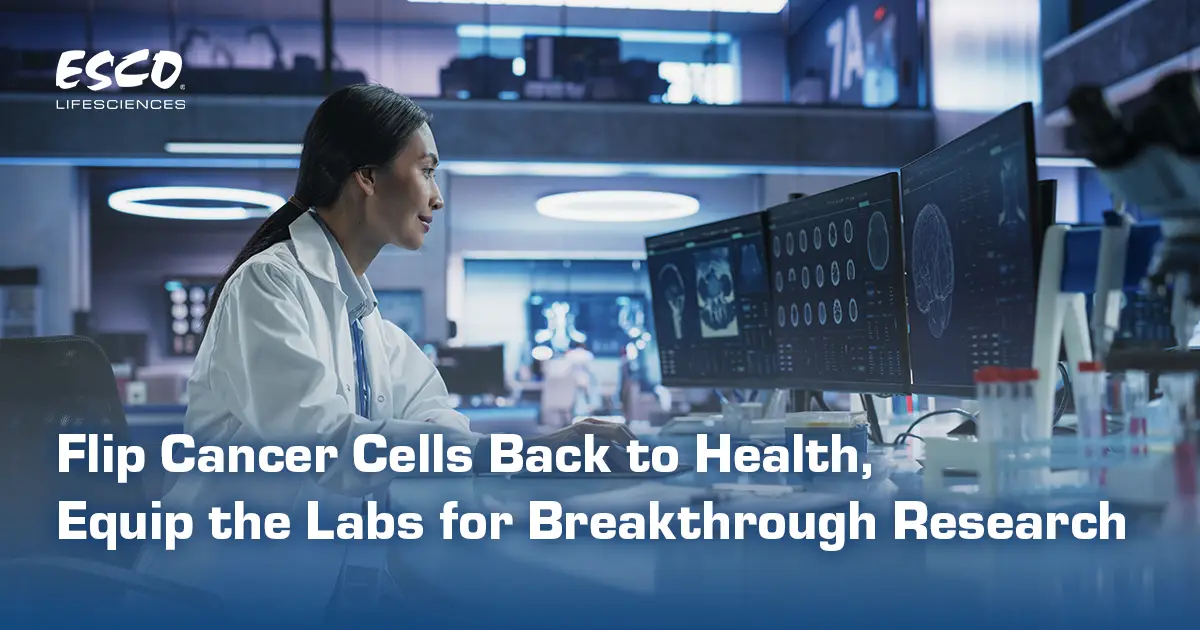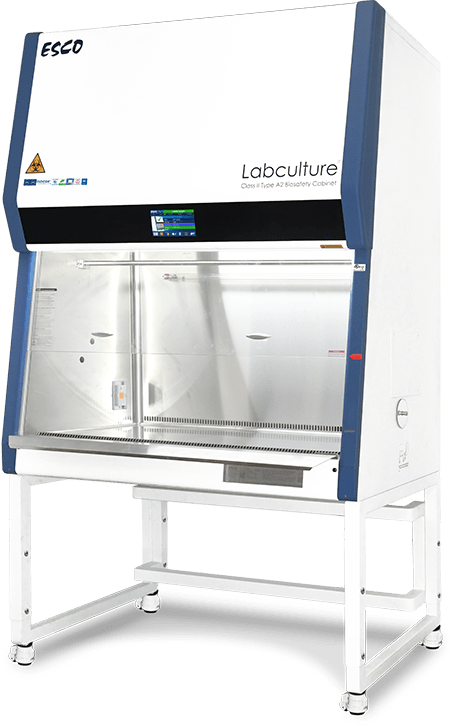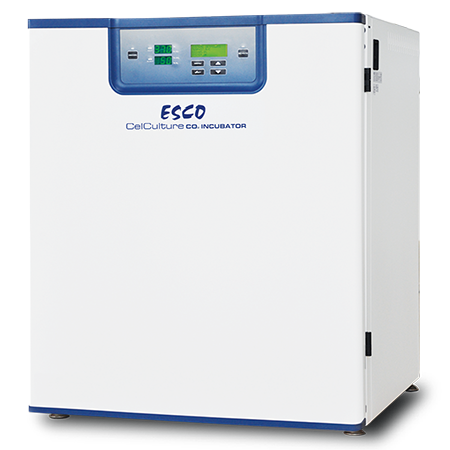Flip Cancer Cells Back to Health, Equip the Labs for Breakthrough Research

The Discovery of Groundbreaking Cancer Reversion Treatment
For the longest time, cancer treatment has been associated with destroying rogue cells, and while these traditional methods are mostly effective, the intactness of the healthy cells and tissues are compromised–oftentimes they die along with the cancerous cells. Such side effects, though generally severe, are acknowledged as necessary for the patient’s survival.
However, a groundbreaking approach recently discovered by researchers at the Korea Advanced Institute of Science and Technology (KAIST) might have opened the doors to a new, innovative cancer treatment that could possibly change the game big-time: reverse cancer treatment, where genetic switches can return the cells to their normal state, eliminating the need to damage healthy cellular material. This finding presents a hopeful and safer alternative to existing therapies.
The Science Behind Cancer Cell Reversion
Utilizing the digital modeling of normal cell development gene networks, KAIST researchers identified "master regulators" in colon cancer cells that have critical roles in the differentiation process of intestinal cells. These regulators, known as MYB, HDAC2, and FOXA2, are able to revert cancerous colon cells to normal-like state through suppression.
This digital test was reaffirmed through molecular experiments and trials in mice, demonstrating the potential systematic success of such reversion. KAIST professor Kwang-Hyun Cho, the research lead, remarked that this phenomenon was nothing but astonishing.
Not only does this research highlight a novel therapy for colon cancer, but it also introduces a digital modeling program with reversion identification capabilities for other parts of the body, including the brain. Following the discovery of four master regulators in the mice brains’ hippocampus, it was found that two were accountable for overexpression in cellular differentiation while one was in charge of inhibition. This technology lays the foundation of how innovation can transform the battle against cancer, paving the way for more effective treatments and improving lives through science.
The Support of Advanced Technology in Scientific Breakthroughs
Precision, safety, and reliability in the laboratory are what it takes to achieve revolutionary results in cancer research, and it all begins with having the right tools for the job.
Labculture® G4 Class II Type A2 Biological Safety Cabinet
Handling high-risk samples is made efficient and secure with the Labculture® G4 Class II Type A2, with its ergonomic work zone and bright illumination for precise handling. Versatile with three different sash height openings (8”, 10”, and 12”), the biosafety cabinet supports advanced control and monitoring.

Features:
- 7” touchscreen controller with airflow monitor
- Smartphone-like interface with user guide
- Ergonomic and easy-to-clean cGMP design
- Built-in Tray Rods for cleaning and Cable Port
- Isocide™ antimicrobial powder coating
- ULPA filter, 10x more efficient than HEPA filter
- Self-Adjusting ECM blower, for stable airflow
- STA stand with caster and leveling feet combo
CelCulture® CO2 Incubator
Perfect conditions for delicate cell lines and tissue cultivation can be supported by the reliably-designed CelCulture® CO2 Incubator and its robust contamination control. Offering various options and easing operations, the intuitive incubator aids the exploration of revolutionary therapies.

Features:
- 7” touchscreen controller with smart event logger
- Fast temperature and CO2 recovery in 5 minutes
- Single-beam, dual-wavelength, and drift-free IR sensor
- ULPA filtration for ISO Class 5 chamber air quality
- FDA-listed, Class 2, 510k exempt medical device
- Perforated stainless steel shelving to improve uniformity
- Isocide™ antimicrobial powder coating exterior
The discovery of reversible cancer therapy is a testament to how innovation can reshape the future of medicine. Esco’s commitment to quality and innovation further positions its products as the leading tools in scientific discovery.
For more information, contact us now!
Source: The research, published in the journal Advanced Science. https://onlinelibrary.wiley.com/doi/10.1002/advs.202402132